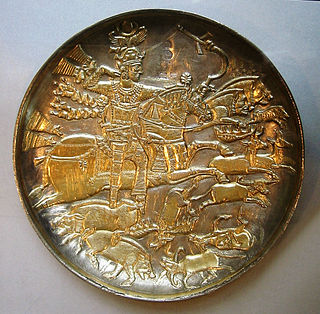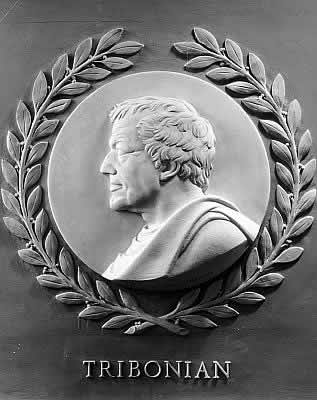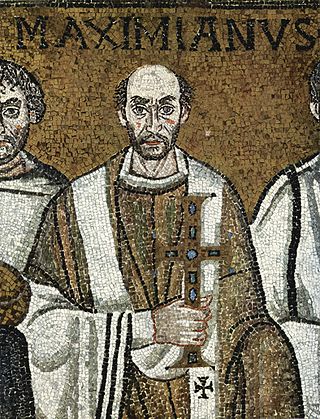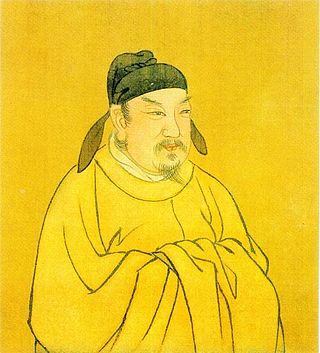The 500s decade ran from January 1, 500, to December 31, 509.
The 550s decade ran from January 1, 550, to December 31, 559.
The 570s decade ran from January 1, 570, to December 31, 579.
The 580s decade ran from January 1, 580, to December 31, 589.
The 480s decade ran from January 1, 480, to December 31, 489.

Year 531 (DXXXI) was a common year starting on Wednesday of the Julian calendar. At the time, it was known as the Year after the Consulship of Lampadius and Probus. The denomination 531 for this year has been used since the early medieval period, when the Anno Domini calendar era became the prevalent method in Europe for naming years.

Year 573 (DLXXIII) was a common year starting on Sunday of the Julian calendar. The denomination 573 for this year has been used since the early medieval period, when the Anno Domini calendar era became the prevalent method in Europe for naming years.
Year 503 (DIII) was a common year starting on Wednesday of the Julian calendar. At the time, it was known as the Year of the Consulship of Volusianus and Dexicrates. The denomination 503 for this year has been used since the early medieval period, when the Anno Domini calendar era became the prevalent method in Europe for naming years.

Year 530 (DXXX) was a common year starting on Tuesday of the Julian calendar. In the Roman Empire, it was known as the Year of the Consulship of Lampadius and Probus. The denomination 530 for this year has been used since the early medieval period, when the Anno Domini calendar era became the prevalent method in Europe for naming years.
Year 551 (DLI) was a common year starting on Sunday of the Julian calendar. The denomination 551 for this year has been used since the early medieval period, when the Anno Domini calendar era became the prevalent method in Europe for naming years.
Year 555 (DLV) was a common year starting on Friday of the Julian calendar. The denomination 555 for this year has been used since the early medieval period, when the Anno Domini calendar era became the prevalent method in Europe for naming years.

Year 556 (DLVI) was a leap year starting on Saturday of the Julian calendar. The denomination 556 for this year has been used since the early medieval period, when the Anno Domini calendar era became the prevalent method in Europe for naming years.

Year 557 (DLVII) was a common year starting on Monday of the Julian calendar. The denomination 557 for this year has been used since the early medieval period, when the Anno Domini calendar era became the prevalent method in Europe for naming years.

Year 562 (DLXII) was a common year starting on Sunday of the Julian calendar. The denomination 562 for this year has been used since the early medieval period, when the Anno Domini calendar era became the prevalent method in Europe for naming years.
Year 574 (DLXXIV) was a common year starting on Monday of the Julian calendar. The denomination 574 for this year has been used since the early medieval period, when the Anno Domini calendar era became the prevalent method in Europe for naming years.

Year 579 (DLXXIX) was a common year starting on Sunday of the Julian calendar. The denomination 579 for this year has been used since the early medieval period, when the Anno Domini calendar era became the prevalent method in Europe for naming years.

Year 619 (DCXIX) was a common year starting on Monday of the Julian calendar. The denomination 619 for this year has been used since the early medieval period, when the Anno Domini calendar era became the prevalent method in Europe for naming years.
The Roman–Persian Wars, also known as the Roman–Iranian Wars, were a series of conflicts between states of the Greco-Roman world and two successive Iranian empires: the Parthian and the Sasanian. Battles between the Parthian Empire and the Roman Republic began in 54 BC; wars began under the late Republic, and continued through the Roman and Sasanian empires. A plethora of vassal kingdoms and allied nomadic nations in the form of buffer states and proxies also played a role. The wars were ended by the early Muslim conquests, which led to the fall of the Sasanian Empire and huge territorial losses for the Byzantine Empire, shortly after the end of the last war between them.

The Iberian War was fought from 526 to 532 between the Byzantine Empire and the Sasanian Empire over the eastern Georgian kingdom of Iberia—a Sasanian client state that defected to the Byzantines. Conflict erupted among tensions over tribute and the spice trade.
The siege of Amida occurred in 502–503, during the Anastasian War. The city was not garrisoned by any troops of the Byzantine Empire but nevertheless resisted for three months before falling to the military of the Sasanian Empire under Kavadh I. According to the detailed account of Zacharias Rhetor, the city's sack was particularly brutal, and accompanied by a massacre of the population for three days and nights. The fall of the city urged the Emperor Anastasius I Dicorus to react militarily, before a truce was agreed between both parts in 505.










